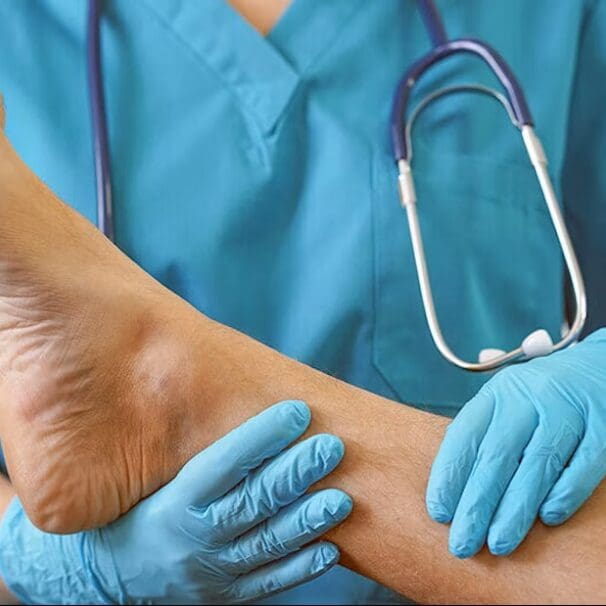HealthProviders DB is a comprehensive database of healthcare providers, including a complete directory of all Public Medicine Podiatrists.
Podiatrist Healthcare Taxonomy Code 213EP0504X
As of today, the following are the total number of Public Medicine Podiatrists nationally, in your State, and near your location.
Select a State below to view the list by State. Additionally, you can narrow the list by city, among other options, from the Filter Panel, which you can open by clicking the vertical ellipses ⋮ in the upper right corner of the app.
Alaska – Alabama – Armed Forces Pacific – Arkansas – American Samoa – Arizona – California – Colorado – Connecticut – District of Columbia – Delaware – Florida – Federated States of Micronesia – Georgia – Guam – Hawaii – Iowa – Idaho – Illinois – Indiana – Kansas – Kentucky – Louisiana – Massachusetts – Maryland – Maine – Marshall Islands – Michigan – Minnesota – Missouri – Northern Mariana Islands – Mississippi – Montana – North Carolina – North Dakota – Nebraska – New Hampshire – New Jersey – New Mexico – Nevada – New York – Ohio – Oklahoma – Oregon – Pennsylvania – Puerto Rico – Palau – Rhode Island – South Carolina – South Dakota – Tennessee – Texas – Utah – Virginia – Virgin Islands – Vermont – Washington – Wisconsin – West Virginia – Wyoming
Medicare
The following are the total number of Public Medicine Podiatrists who accept Medicare in your State, the number who have opted out of Medicare, and the total number excluded from participation in Medicare nationwide.
The diagram below shows all the Public Medicine Podiatrists across the country, represented by blue bubbles. The larger the bubble, the greater the concentration of providers in that area. Red bubbles represent Medicare-excluded providers, with the larger bubbles indicating a higher percentage of excluded providers in that region. You can change the bubble size to be based on exclusions from the Size menu.
What do Public Medicine Podiatrists do?
Public medicine podiatrists diagnose, treat, and prevent disorders of the foot, ankle, and lower leg through a variety of methods, including medical, surgical, and mechanical treatments.
They treat a wide range of issues, from common problems like ingrown toenails and plantar warts to complex conditions related to diabetes, sports injuries, and arthritis.
Their work can include physical exams, ordering diagnostic tests like X-rays or MRIs, prescribing medication, performing surgery, and fitting medical devices such as orthotics.
What they do
Diagnose and treat: They diagnose and treat a vast range of conditions, including:
- Common ailments: Ingrown toenails, bunions, calluses, corns, and plantar warts.
- Injuries: Fractures, sprains, and tendon issues resulting from sports or daily activities.
- Chronic conditions: Arthritis, heel and arch pain, and issues related to diabetes, circulation problems, or neurological diseases.
Perform procedures: They perform both surgical and non-surgical procedures, such as:
- Surgery: Foot and ankle reconstruction, toe deformities, and nail surgeries.
- Non-surgical treatments: Debridement of corns and calluses, wound care, and setting fractures.
Provide preventative care: They help prevent future problems through:
- Gait and biomechanical assessments: Analyzing how a person walks to identify potential issues.
- Prescribing medical devices: Recommending and fitting orthotics (shoe inserts), braces, or casts.
- Footwear advice: Guiding appropriate footwear and modifications.
Prescribe and order tests: They have the authority to:
- Prescribe medication: For treating infections or pain.
- Order diagnostic tests, including X-rays, MRIs, and CT scans, to aid in diagnosis.
Specializations within podiatry
Public health: Focusing on community-level foot health and prevention programs.
Surgery: Performing reconstructive and other complex foot and ankle surgeries.
Sports medicine: Focusing on injuries and biomechanical issues in athletes.
Diabetic foot care: Managing foot complications that arise from diabetes to prevent ulcers and amputations.
Pediatrics: Treating foot and ankle problems in children.
Geriatrics: Caring for the foot and ankle issues common in older adults.

